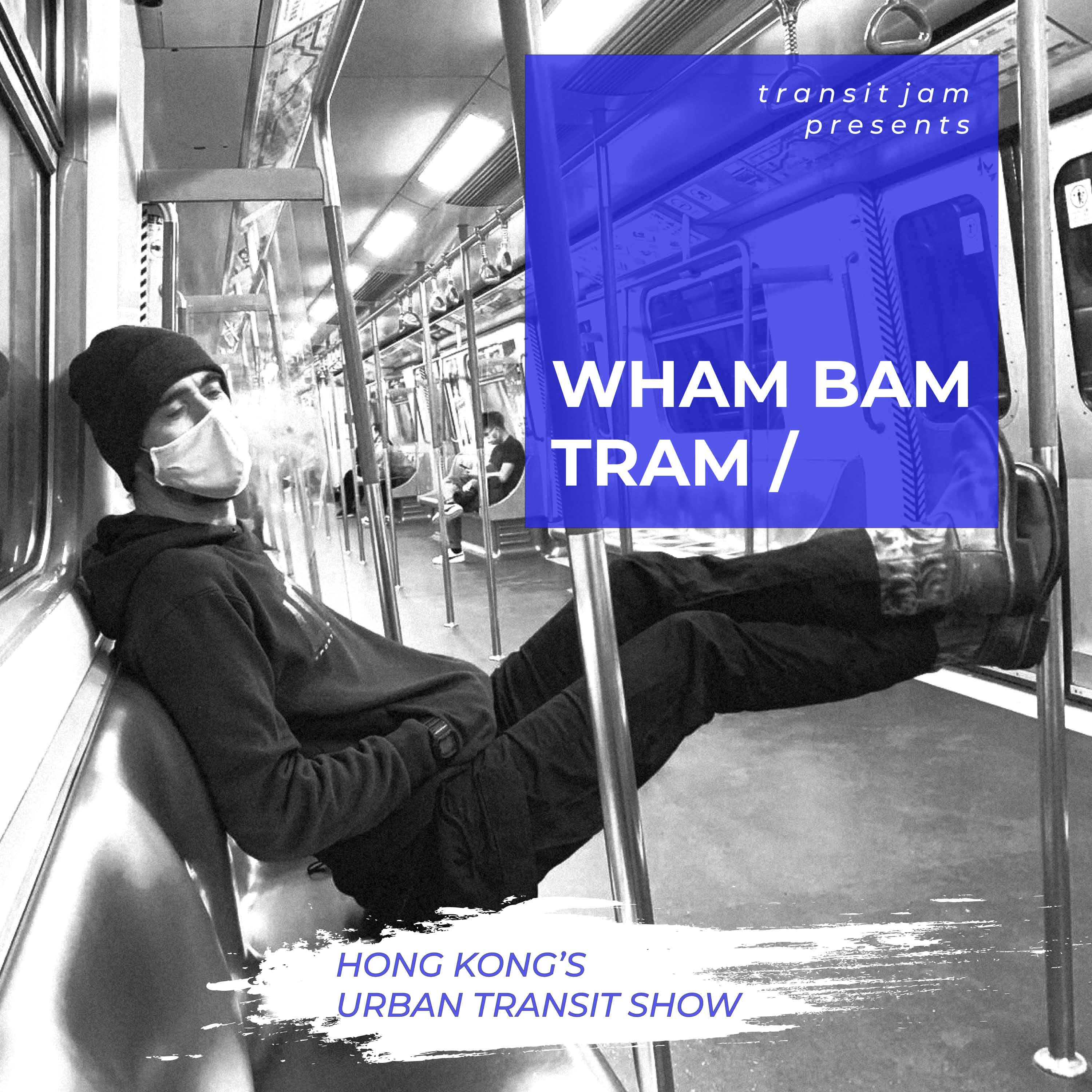The Transport Department has begun removing some unnecessary traffic signs, namely those which accompany double yellow lines: not, as cynics might say, because nobody ever takes any notice of restricted parking signs, but because, since the double yellows do the job, there’s no need for a 5-square-foot sign announcing them. The move was one of the brainwaves stemming from the Transport Department’s multi-year consultancy into Hong Kong walkability.
“To release more footpath space for pedestrians, the Transport Department will remove this 24 hours no stopping restriction sign starting from end December 2019” say laminated sheets zip-tied to the condemned signs.

This is one of the condemned signs… it’s not actually on the footpath – and pedestrians have bigger obstacles to worry about
While “less is more” on street furniture is a positive step, when it comes to pedestrian obstructions these signs are like a pair of North Atlantic seawater molecules deciding, hey, it’s chilly on this billion tonne chunk of ice, let’s solidify!
In the Central neighbourhood, where scores of signs are being removed, there’s hardly a five metre stretch of sidewalk which is not blocked by illegal parking, construction creep, illegally dumped garbage or companies using public space as private warehousing.
Some of the signs being removed on Queens Road Central aren’t even on the sidewalk and will simply make it easier for illegal delivery parking – meanwhile the sidewalk adjacent to one of those Queens Road signs is permanently used as a go-down for a recycling company.
The removal of unnecessary signs is the first of several short term walkability measures announced by TD and developed by its consultancy team at walk.hk: it also plans to soon start identifying sites for implementing raised crossings for bus routes, and scout suitable sites to improve kerbs at vehicle entrances. The real work will begin when proposals for two pilot areas in Sham Shui Po and Central can be crystallised into action plans: proposals will be shared in Q2 2020.
Categories: Policy





